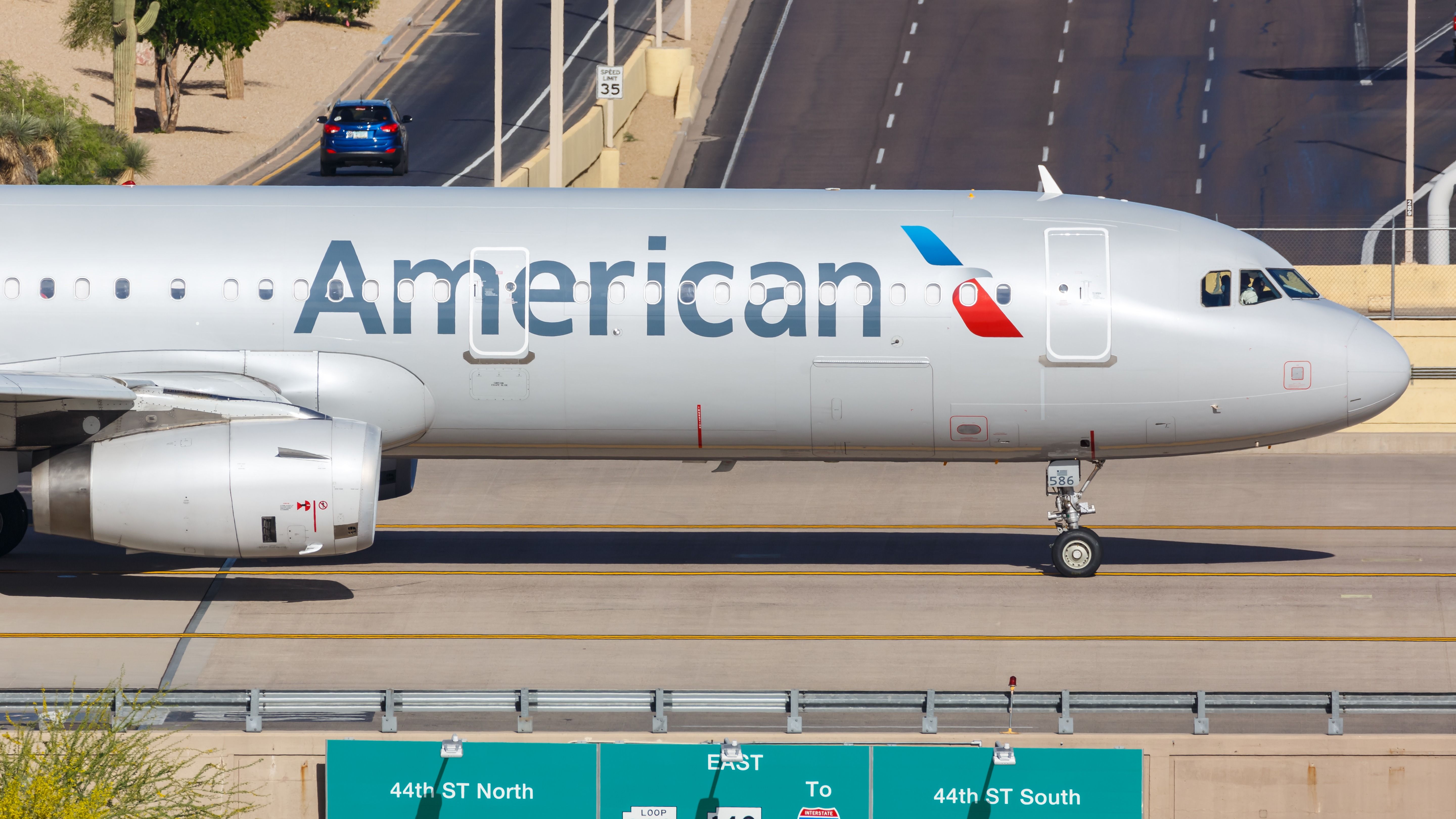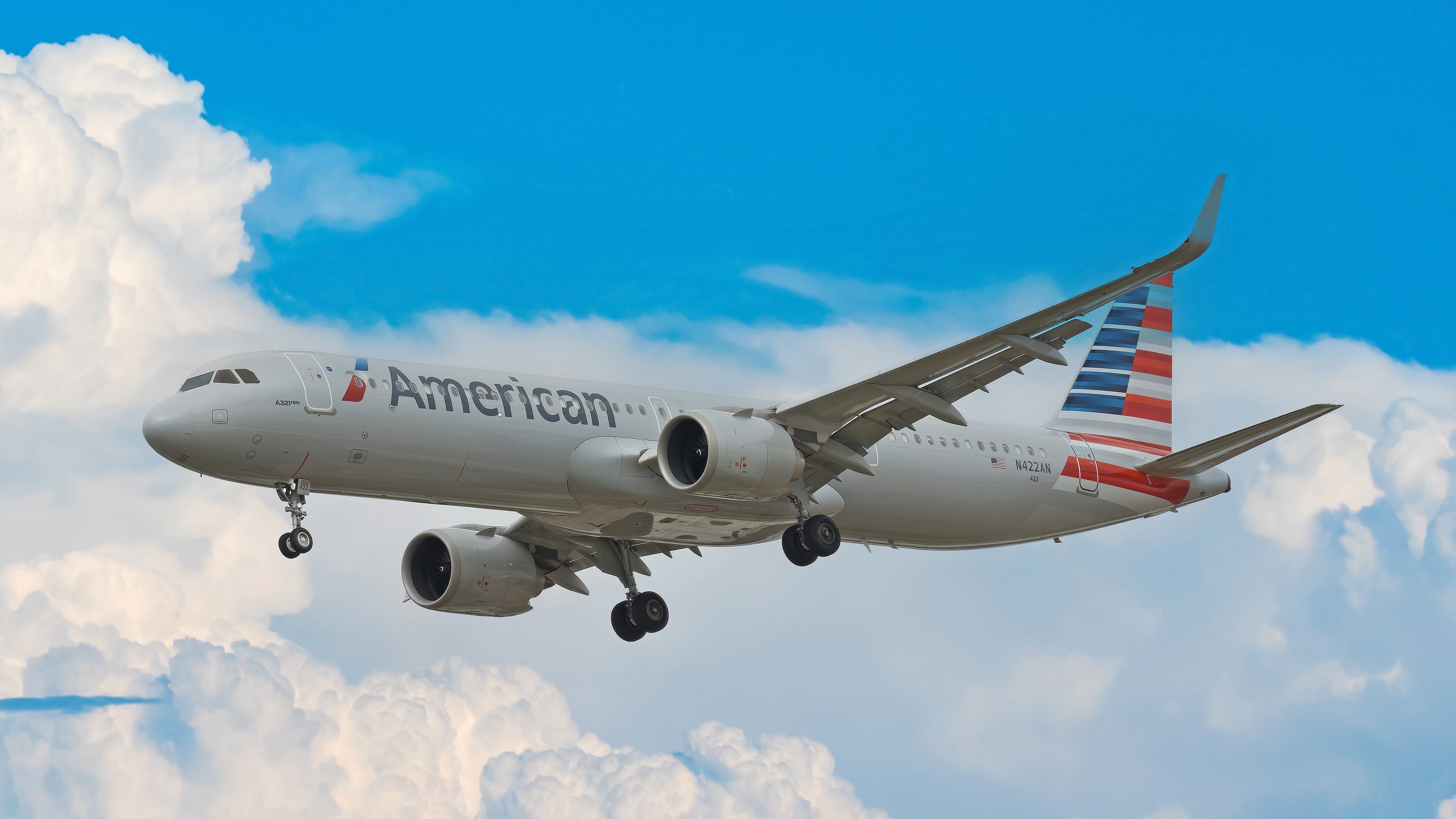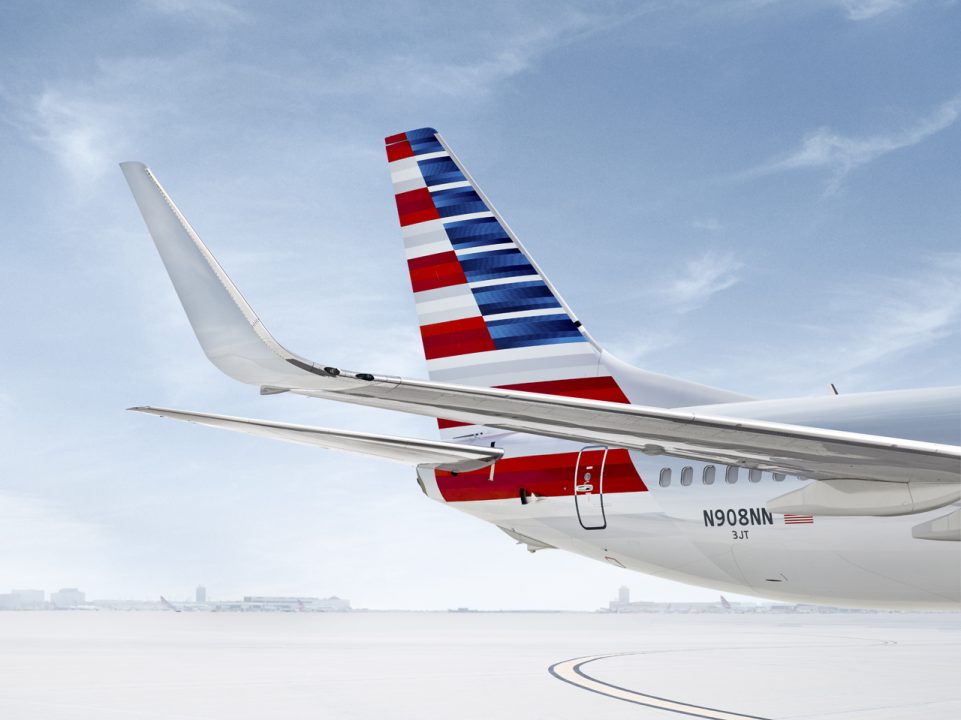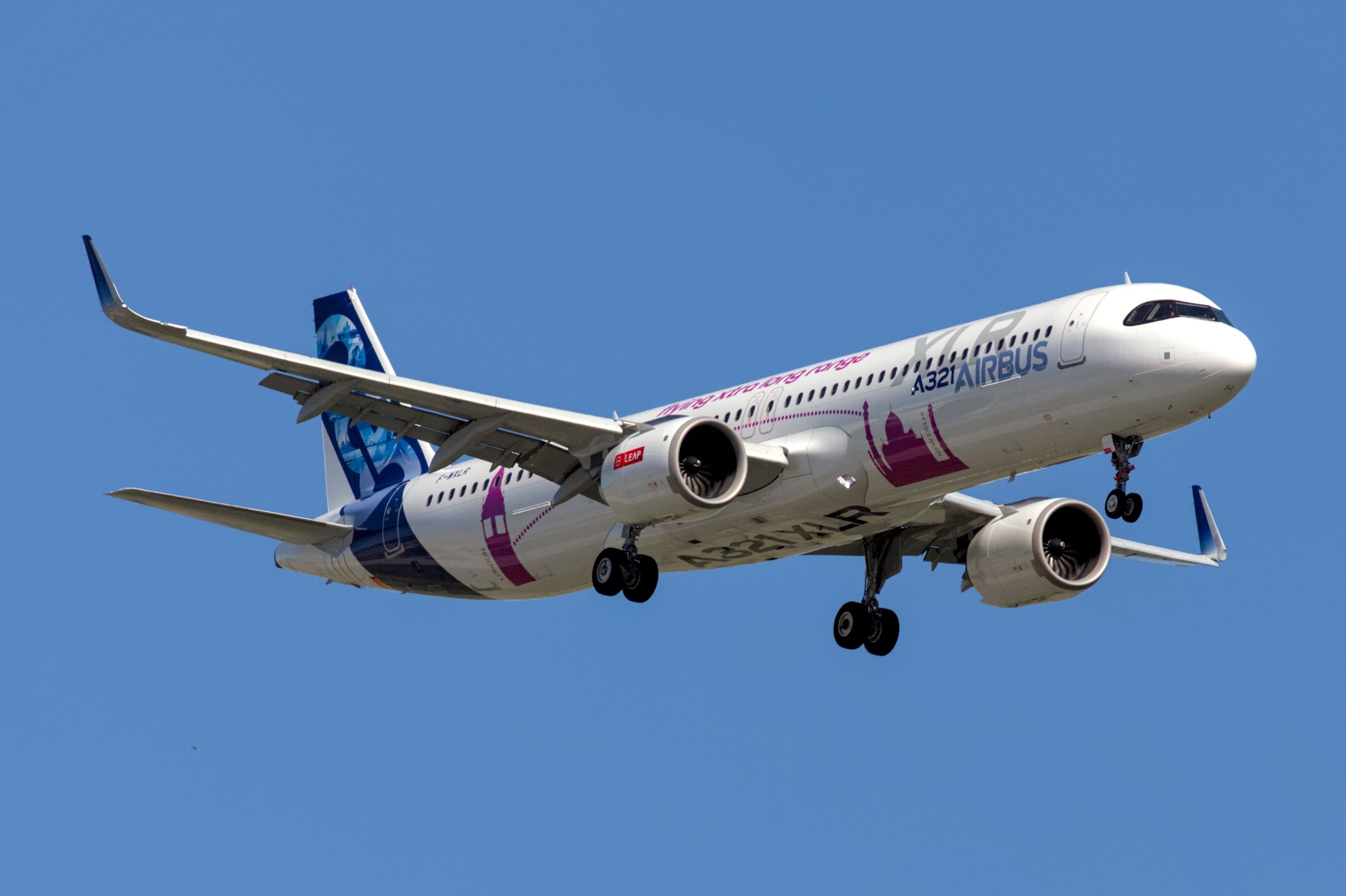American Airlines, a Fort Worth, Texas-based legacy carrier, is undeniably anxiously awaiting the delivery of the first in a long series of Airbus A321XLR aircraft that will soon be a key element of the airline’s medium and long-haul fleets. According to reports from social media, the first Airbus A321XLR that will be delivered to the carrier took to the skies for the first time today at Airbus’ facility in Hamburg-Finkenwerder in Germany.
The initial test flight lasted more than 3 hours, demonstrating that the testing process needed to approve the aircraft for delivery to American Airlines is well underway. This aircraft will serve as the key middle-market aircraft that American Airlines is looking for, as it can fly many long-haul routes with a lower capacity, opening up access to new destinations and broadly expanding American’s operational profile. American Airlines has placed a large order for 50 Airbus A321XLR models. The airline is expected to receive its first operational model in April.

American Airlines is currently planning for the Airbus A321XLR to be a key piece of its long-haul fleet strategy, as it believes the jet can drastically help transform its international network through improved flexibility. Furthermore, the airline is planning on installing some of the most premium seating it has ever deployed on a narrowbody jet on the new A321XLR. The carrier’s current order for 50 jets, which could be expanded in the coming years, plans to use these aircraft for transatlantic services.

The airline is also planning to use the Airbus A321XLR models to replace the Airbus A321T models, which operate premium transcontinental routes for the airline. Unlike the A321T, which features a four-cabin layout, these new models will offer lie-flat seating in business class and regular economy seats. The new cabin configurations will allow for an improved passenger experience on longer flights, which will help meet the expectations of premium business travelers that typically fly transcontinental on the widebody jets operated by American’s competitors.

The Airbus A321XLR’s extended-range capabilities allow it to offer new, less-traditional long-haul services that would typically require the deployment of expensive, high-capacity widebody jets. The aircraft can fly approximately 4,700 nautical miles, and allowing American to target secondary destinations in Europe like Spain, Portugal, the United Kingdom, France, Germany, and Scandinavia. These services, which experience lower levels of passenger demand, are infeasible to operate with a widebody aircraft.

The Airbus A321XLR’s flexibility will offer American the capability to improve its product on premium transcontinental routes, expand into newer secondary markets in Europe, and further grow its network by bridging the gap between short and long-haul operations. This will allow the carrier to optimize capacity while reducing costs, something essential for an airline that has faced both profitability struggles and heavy competition in the past.

The aircraft will help American expand its long-haul capacity
American Airlines has continued to evaluate the potential of using the Airbus A321XLR on routes deep into South America from its Miami International Airport (MIA) hub, which would allow it to continue diversifying its international network. American undoubtedly has the strongest Latin American network of the three major US-based legacy carriers, and this could be a place where the Airbus A321XLR could prove a key asset for the airline looking to expand.